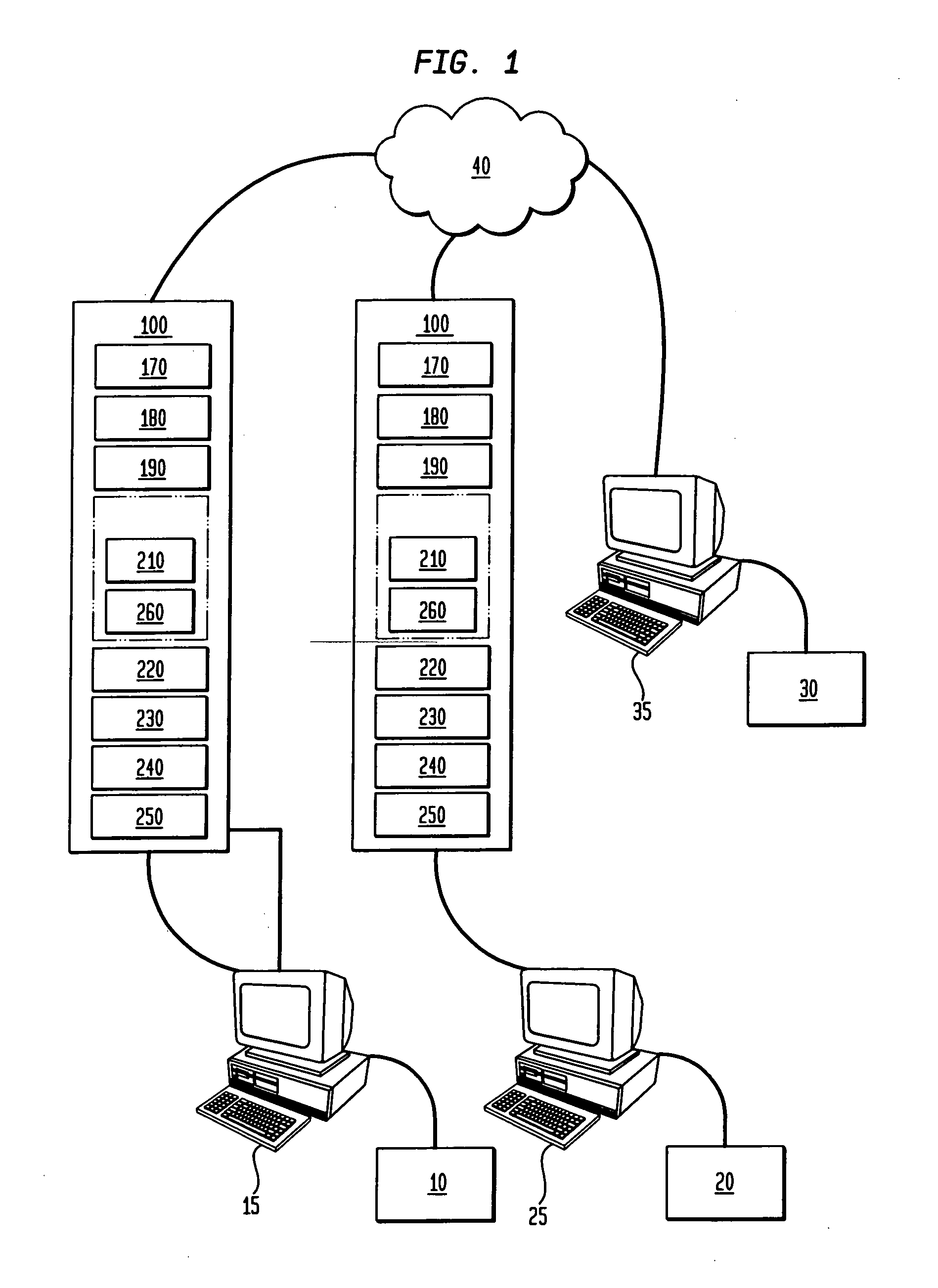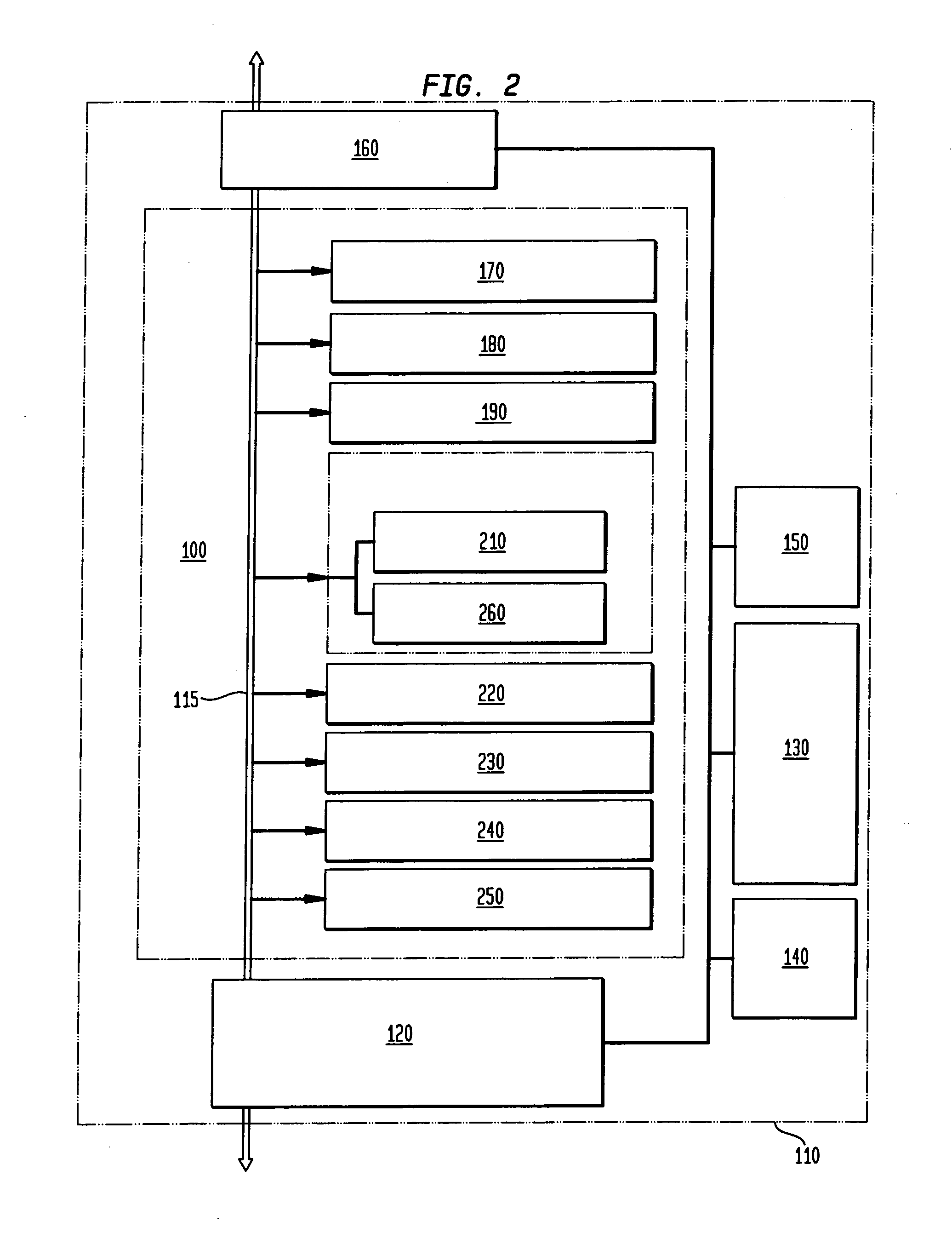System and method for distributed media streaming and sharing
a technology of distributed media and media files, applied in the field of distributed media streaming and sharing, can solve the problems of inability to serve media files to many users at the same time, the cost of each particular media file is small, and the combined cost of serving many media files to many users can be nontrivial
- Summary
- Abstract
- Description
- Claims
- Application Information
AI Technical Summary
Benefits of technology
Problems solved by technology
Method used
Image
Examples
Embodiment Construction
[0039]In a network, as shown in FIG. 1, a plurality of users (hereinafter referred to as Alice 10, Bob 20 and Carol 30), are each associated with a user computer A 15, user computer B 25 and user computer C 35. Each user computer A 15, B 25 and C 35 is coupled to a network 40 such as the Internet, a closed cable-loop network, a wireless network, a POTS (plain old telephone system) network, a satellite network, and the like. Each of the computers A 15, B25 and C 35 are running a computer operating system such as those available from Microsoft®, Apple®, Sun®, IBM®, from multiple sources under the trademark LINUX®, a variant of the BSD operating system, a variant of the UNIX operating system, an embedded operating system such as is available from vendors such as Wind River Systems, MonteVista, and the like or any other operating system. Accessible to A 15, B 25 and C 35 over the network 40 is a network server 45. Alice 10, Bob 20, and Carol 30 may control their respective computers A 1...
PUM
 Login to View More
Login to View More Abstract
Description
Claims
Application Information
 Login to View More
Login to View More - R&D
- Intellectual Property
- Life Sciences
- Materials
- Tech Scout
- Unparalleled Data Quality
- Higher Quality Content
- 60% Fewer Hallucinations
Browse by: Latest US Patents, China's latest patents, Technical Efficacy Thesaurus, Application Domain, Technology Topic, Popular Technical Reports.
© 2025 PatSnap. All rights reserved.Legal|Privacy policy|Modern Slavery Act Transparency Statement|Sitemap|About US| Contact US: help@patsnap.com



